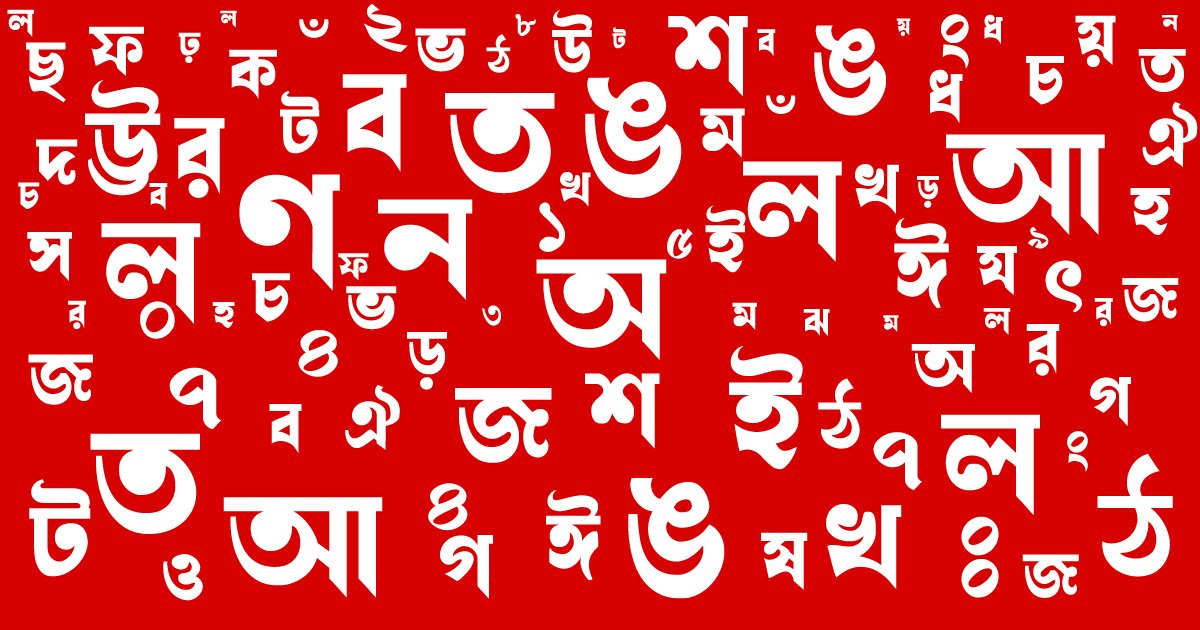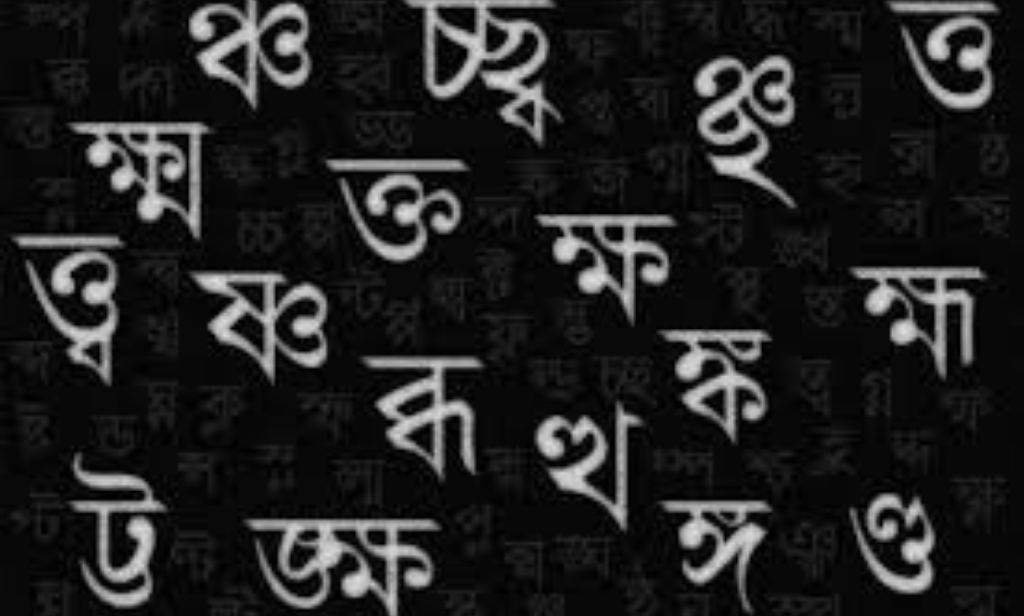Today our topic of discussion is – Persian origin
Persian origin
Loanwords which hold the first position in Bengali vocabulary among the other foreign elements are the Perso-Arabic words. The term ‘Persian origin’ generally refers to the languages of Persian, Arabic and Turkish. In Bengali there are Persian, Arabic as well as Turkish words which in one word we know as Persian.
There are a lot of Arabic words in Persian language and some Turkish words as well; many Arabic words of them came in Bengali through Persian; and basically, for Bengali, these should be considered as Persian (Chatterjee, 1999: 18).

Five hundred years of Muslim ruling over the Indian subcontinent influenced Bengali language and culture immensely. As a result, there was a great impact of Arabic and Persian words, and a little amount of Turkish words on this language.
For Bengali, we will consider these words all together as Persian, because the Arabic and the Turkish elements came in Bengali through Persian. Therefore, we get only one language under this origin to discuss and analyze.
In the following sub-chapter we will discuss the Perso- Arabic loanwords exist in Bengali. In this treatise we will focus on the following aspects of the subject –
The historical background
Perso-Arabic
The historical background
We know that the entrance of Aryans in the Indian subcontinent dated back to the 1500 B.C. After Aryans, the Muslims came in this land and ruled the subcontinent for approximately 500 years which was quite a long period.
The rulers were Turkish and Mughals, where the Turkish was followed by the Mughal dynasty. At the beginning of 13th century, in 1204, Turkish conquerors entered into the Indian subcontinent. They ruled over this land for a long time and left the mark of victory especially in north India and Bengal. The mark was left in the field of politics, in society and economics especially.

It took a long time to leave this impact. The entire Bengal came under the regime of Turkish and afterward under the Mughals when the Mughals took the power and ruled the subcontinent. The Mughal dynasty left a large and visible mark on this subcontinent.
Politics, culture, society, religion, economics and, of course, the languages of Indian subcontinent were deeply influenced due to a long period of Turkish and Mughal rule over this land.
Persian influence was first introduced to the Indian subcontinent, as we mentioned earlier, by Muslim rulers of Turkic and Afghan origin, especially with the Delhi Sultanate from the 13th century, and in the 16th to 19th century by the Mughal Empire.
In general, from its earliest days, aspects of the culture and language were brought to the subcontinent by various Persianized central Asian Turkic and Afghan rulers and conquerors. Persian language and culture were so rich that even the Turks and Afghans adopted Persian as the official language in Indian subcontinent under Muslim rule.
It was the official language of the Delhi Sultanate, the Mughal Empire, and their successor states, as well as the cultured language of poetry and literature. Evidence of Persian’s historical influence can be seen in the extent of its influence on the languages of the South Asia.
Many of these areas have seen a certain influence by Persian not only in literature but also in the speech of the common man. Along with other South Asian languages, Bengali was deeply influenced by Persian as it was the royal language of that time. Persian was the official language of Bengal throughout the Muslim period and Persian literature enormously influenced Bengali literature.
A great many Persian words entered into Bengali language and literature, into official documents and the idiom of court circles. This was possible due to the immigration of many Persians to Bengal in the train of Muslim conquest and in the service of the rulers.
The Persians came and engaged themselves either in peaceful pursuits or joined the army or the administration. Those of the first category included the Muslim preachers, teachers, poets and those of the second category were the subahdars, nazims and diwans.
Persian became the lingua franca of the empire under the Mughal emperor Akbar for various political and social factors due to its non-sectarian and fluid nature.

Position of Persian language in undivided Bengal:
As we mentioned earlier, entrance of Persian language in Bengal occurred in the period of Muslim rule in Indian subcontinent. Persian was started to spread over the Bengal when the first Turk ruler, Ikhtiyaruddin Mohammad Bakhtiyar Khalaji, from the Khalaji dynasty, took the power of Bengal. King Laxman Sen was ruling then over Bengal and his capital was in Nadia during the adventure of Bakhtiyar Khalaji from Lakhnouti to
Tibet, where in the middle he conquered Bengal. Besides, it is well known that from long past Persian businessmen used to come in Bengal, particularly in the city of Chittagong and Barisal. In the 18th century, many Shia Muslims from Iran came and settled in the cities of Bengal, for instance, Murshidabad, Dhaka, and Hugli etc. For centuries, Persian speaking preachers came to Bengal to preach Islam.
All the preachers, conquerors, troops and businessmen those who came in this land settled here. As a result, in Bengal there was a notable Persian speaking population.
Persian was the state language and also preaching and teaching Islam were easier through Persian. Those who were aspirants for government jobs used to try to learn good Persian irrespective of their religious background.
Persian language was expanded in Bengal to such as extent that literary practice was increased in a great level. The first book written in the soil of Bengal was in Persian. It was the translation of Sanskrit book Amrita Kunda”.
At the beginning of the second decade of 13th century, the book was translated into Persian by Qazi Ruknuddin, entitled ‘Bahrul-Hayat’. Not only this but also the first newspaper and journal published were in Persian.
This language was deep- rooted in Bengal to such extent that when the colonialist rulers replaced Persian by English as the state language, intellectuals of that age, both Muslims and Hindus, protested and appealed to change the decision.
Persian was the official language of Bengal throughout the Muslim period and Persian literature enormously influenced Bengali literature as well.
See more
